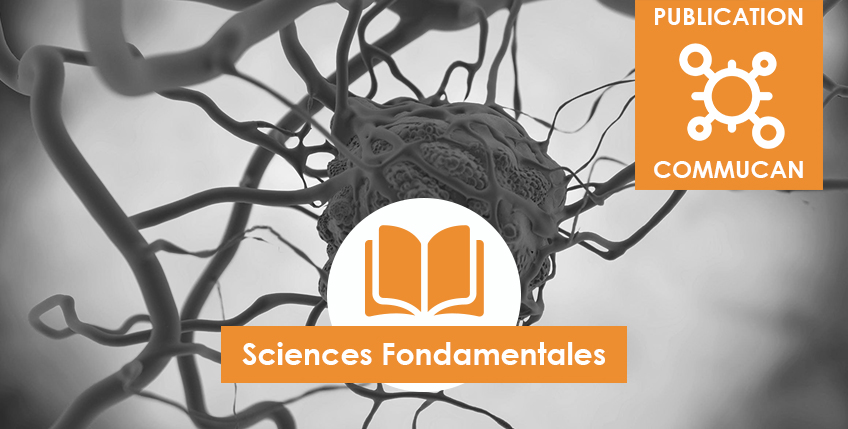Photooxidation Responsive Elastin-Like Polypeptide Conjugates for Photodynamic Therapy Application
Bioconjugate chemistry, June 2021
Vusala Ibrahimova, José A González-Delgado, Manon Levêque, Tomas Torres, Elisabeth Garanger, Sébastien Lecommandoux
https://pubmed.ncbi.nlm.nih.gov/34240853/
doi: 10.1021/acs.bioconjchem.1c00251
Abstract
Stimuli-responsive recombinant elastin-like polypeptides (ELPs) are artificial protein polymers derived from the hydrophobic domain of tropoelastin that have attracted significant interest for drug delivery and tissue engineering applications. In the present study, we have conjugated a photosensitizer (PS) to a hydrophobic methionine-containing ELP scaffold, which upon reaction with singlet oxygen (1O2) is transformed into a hydrophilic sulfoxide derivative facilitating the disassembly of photosensitizer-delivery particles during the photodynamic therapy (PDT) process. A peripherally substituted carboxy-Zn(II)-phthalocyanine derivative (TT1) bearing a carboxyl group directly linked to the Pc-ring, and presenting an absorption maximum around 680 nm, was selected as PS which simultaneously acted as a photooxidation catalyst. A TT1-ELP[M1V3–40] conjugate was prepared from ELP[M1V3–40] modified with an alkyne group at the N-terminal chain end, and from TT1-amide-C3-azide by copper(I)-catalyzed alkyne-azide cycloaddition (CuAAC) reaction. This innovative model photooxidation sensitive PS delivery technology offers promising attributes in terms of temperature-controlled particle formation and oxidation-triggered release, narrow molar mass distribution, reproducibility, scalability, non-immunogenicity, biocompatibility, and biodegradability for pharmaceutical applications in an effort to improve the clinical effectiveness of PDT treatments.





